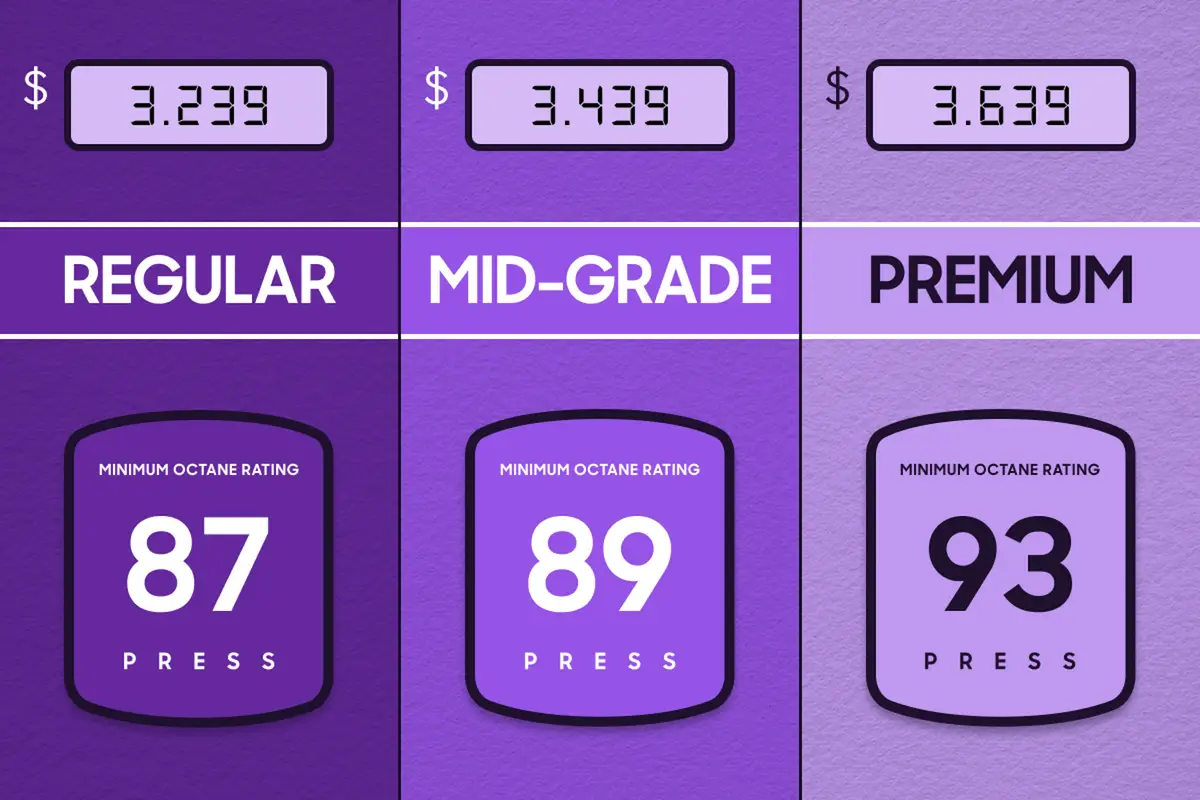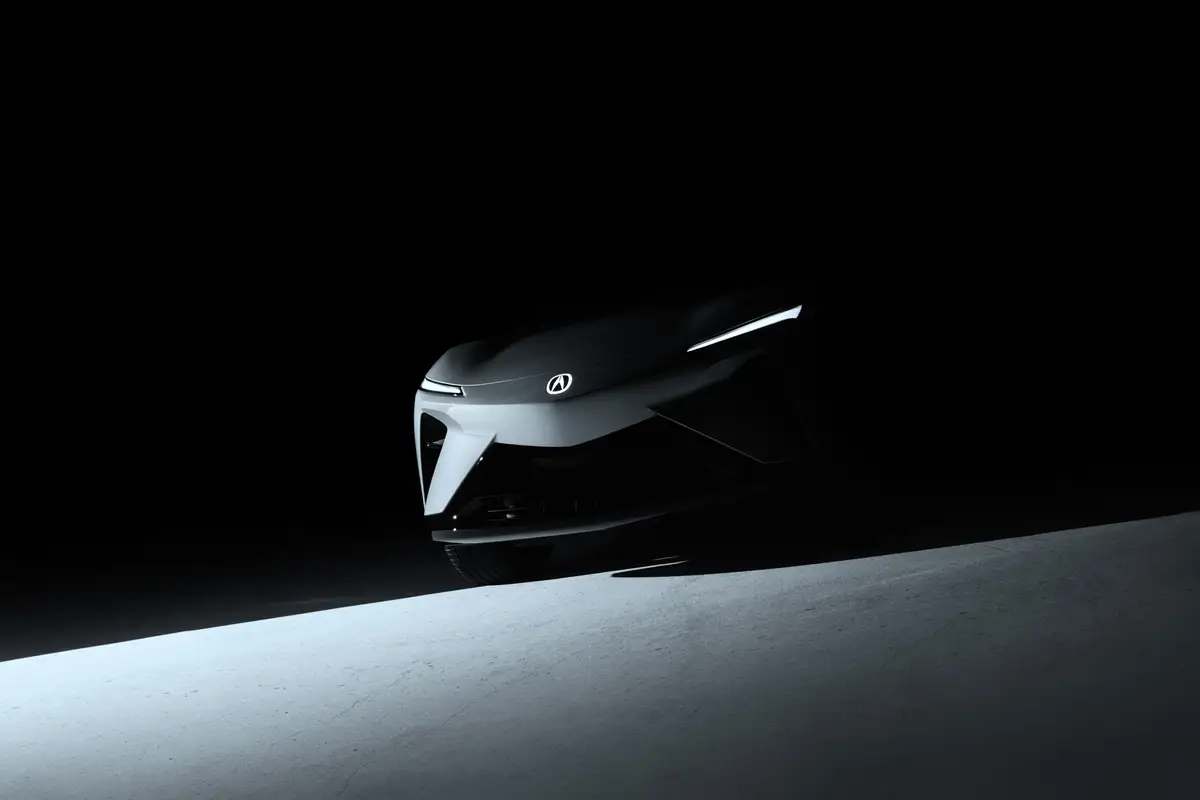KansasCity.com's view
There’s a lot changing at Saab these days. Their big sedan, the 9-5, is totally new, and the smaller 9-3, which used to be the 900, has more than 1,000 revisions.
The new naming system reflects Saab’s history and aviation heritage.
It takes a close inspection of the 9-3 to see all of the changes, but many of them are substantive. Items such as seats, grille, bumpers and interior coloring are new. Styling changes are visible at both ends. The grille gets a wing-shaped center profile, and fog lights are integrated into the lower spoiler, which now looks a bit more aggressive. Around back, the license plate has been moved up between redesigned taillights. Color keyed bumpers blend better with the body.
The 2.0-liter, turbocharged engine is now standard across the board. Its 185 horsepower comes from a low-pressure turbo that boosts mid-range throttle response. It takes generous use of the throttle to accelerate away from stops with authority. The manual transmission aids performance but is harder to use in city driving than the optional automatic.
An important improvement can be found inside. The seats are wider, the seatbacks provide more lateral support because they have been reshaped and they now contain Saab’s Active Head Restraints. In the event of a rear-end collision, these head restraints, also found on the new 9-5 sedan, move up and forward to “catch” the occupants head to reduce whiplash, which on the surface seems to be a terrific advancement. Under-thigh support has been improved by tilting the seat bottom. Although the seat changes are not drastic, they provide a more comfortable environment.
Not only are the seats more comfortable, but the instrument panel and central console have been changed from black to gray to make the cockpit feel more inviting.
Like Saabs of old, the ignition key is still located on the center console near the gearshift. Buttons for the power windows are nearby, but they are so far to the rear that operating them requires extra attention.
The cupholder is so far back in the console that it is hard to reach.
A high-output fan and modified ducts increases air circulation throughout the cabin, especially to the windshield defroster and rear seat.
Saab sent a convertible for my test drive. The power top has been re-engineered this year so it is easier to use. A large, central handle latches, or unlatches, the top from the windshield header. After that, everything happens magically as the top glides backward and folds into its space behind the back seat. Continue to hold the button and all four windows go down fully.
Having a top that goes up and down easily is what convertibles are all about. If putting the top down, or up, requires a lot of extra effort, then it won’t be used, in which case you might as well have a coupe.
Visibility with the top up is hindered by a small back window.
The 9-3 convertible is not as solid as the coupe, but that is not peculiar to the Saab. Most convertibles have some cowl shake on bumpy roads that can be felt through the steering wheel, and this one does too, although it is moderate.
The 9-3 convertible is unusual in that the rear seat folds down so there is a pass-through to the trunk. Very handy for folks with an active lifestyle who like to haul extra gear, even with the top down.
Since Saab is part of the General Motors family, the 9-3 and 9-5 are available with the OnStar communication system that uses a cellular phone and a Global Positioning System satellite. This system can be used for directions, roadside service and even emergency notification in case of an airbag deployment.
Price
The base price of our test car was $36,500. Add in a destination charge of $550 and the sticker price was $37,050.
Warranty
The standard warranty is for four years or 50,000 miles.
Vehicles for The Star’s week-long test drives are supplied by the uto manufacturers.
Point: The numerous changes to the 9-3 make it more comfortable (new seats), better looking (revised styling) and safer (headrests that move forward to support the head in a rear-end collision).
Counterpoint: The turbo is powerful if revs it up but sluggish at low speeds. A small back window hinders rear visibility with the top up and the buttons for the windows are too far rearward.
SPECIFICATIONS:
ENGINE: 2.0-liter, 4-cyl.
TRANSMISSION: 5-speed
WHEELBASE: 102.6 inches
CURB WEIGHT: 3,180 lbs.
BASE PRICE: $36,500
PRICE AS DRIVEN: $37,050
MPG RATING: 21 city, 27 hwy.
Latest news

If Premium Gas Is Recommended for My Car, Will Using Regular Void the Warranty, Ruin the Engine?


